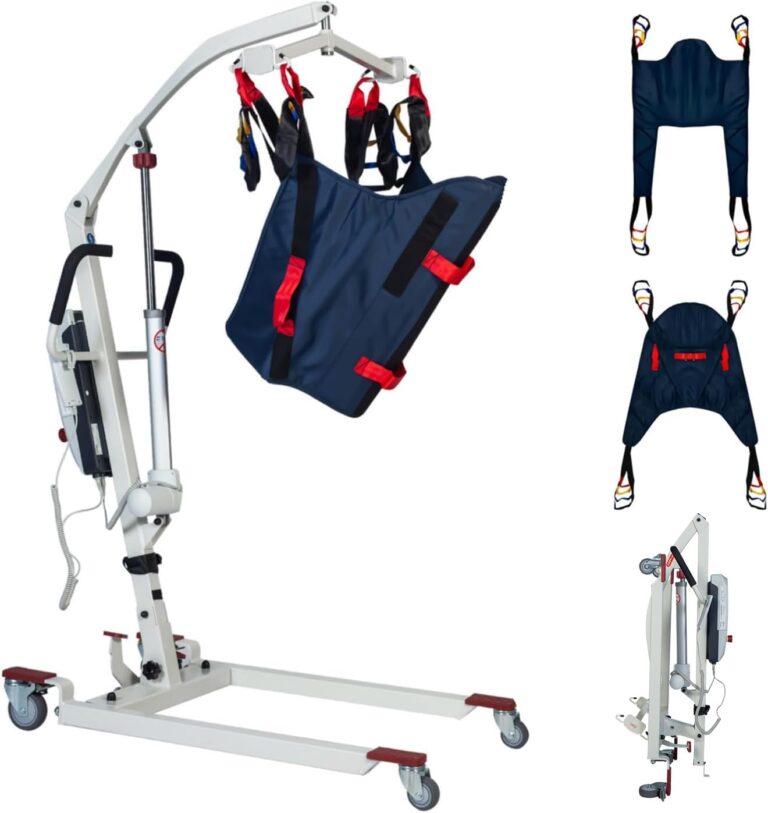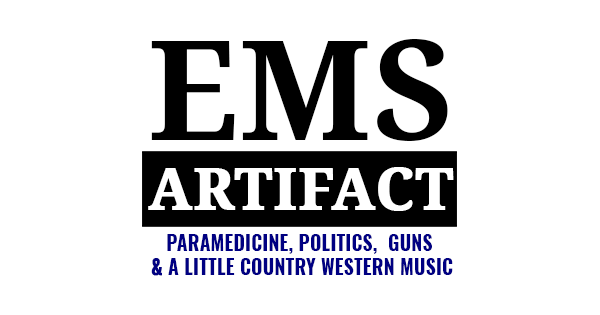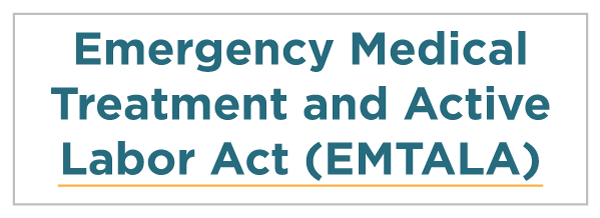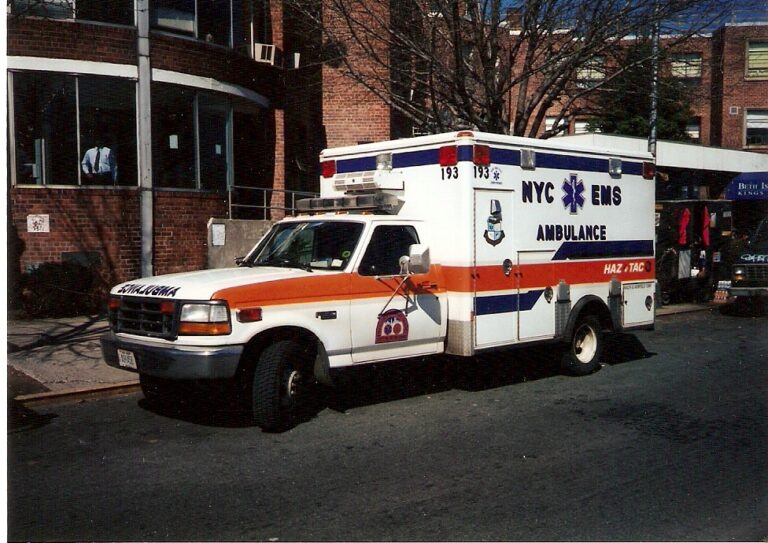This is an interesting article. It’s also incomplete, but I’ll get to that part later.
A $500 fee and a 60% drop: How one department tackled its lift assist crisis
In 2014, the Decatur (Illinois) Fire Department responded to 430 calls for lift assist services. By 2023, the number had risen to more than 1,000.
This is not unique to Decatur, IL. In fact, it’s not unique anywhere. Among the clients for which my company provides auditing services “Falls” are the most common (14-23%) call type. They also have a very high patient refusal rate.
This fee applies to what the author calls “skilled nursing facilities or nursing homes” that call an EMS system to help move patients that have fallen or are otherwise immobile. The author doesn’t explain what difference, if any there is between the two and I’ve always seen the two terms used interchangeably.
“We had facilities that were – I hate to use the word abuse, but they were utilizing our resources rather than the people that are paid to do that,” DFD Chief Neil Elder said. “They were taking liability off themselves and putting it on our taxpayers and our resources.”
Ideally nursing homes whatever term you use should have staff that are capable of moving a patient off the floor and back into bed or a chair of some type. I don’t know about the author, but I’d guess that Chief Elder (ironic name) has seen the kind of people that are employed at nursing homes. I know I have and some are very good at this, but some I wouldn’t trust to lift a full trash bag.
Be that as it may, it is still a resource draining problem for EMS agencies. Most fire departments provide some level of EMS service, even if they don’t have an ambulance.
Not mentioned here is that many states don’t acknowledge a thing known as a “Lift Assist.” This is a medical response since the majority of “lift assists” are the result of a patient falling some distance. For people sixty-five and older that fall distance is usually from standing height. As a result, if EMS providers are called to a scene for a “lift assist” they are required by protocol to perform and evaluation. The second that they make contact the “person” becomes a “patient” and if they refuse transport a patient refusal must be completed and documented.
There are exceptions to that in some areas, but it’s the general requirement in the US.
Every time an ambulance or fire truck rolls out the door there is a cost incurred. The cost varies from place to place, but there is a cost. In general that cost can not be recouped because insurance companies only pay if there is a transport. Again, there are exceptions, but generally a patient refusal is not reimbursable.
When I say “insurance companies” I include Medicare which is the largest medical insurer in the country. Medicaid is also a larger insurer. Between the two they dwarf the private insurance providers. Both only pay if there is a transport.
Most nursing home patients have one or both so EMS services can’t bill for lift assists.
The fee was also waived for nursing home residents who required any medical attention during the call, and residential calls for lift assists were also exempt from the fee.
This makes sense and since residents are often voters is politically wise as well.
Over the next 12 months, the DFD generated $13,500 from nursing homes that chose to pay the new $500 fee.
This is an interesting statement. From which I infer that there is no enforcement mechanism as the fee may be of dubious legality. Maybe not. Speaking costs and fees, there is no word if the nursing homes pass that fee along to the patients. Which might also be legally dubious.
In addition to the calls to private residences, which in some instances are multiple times a week, there is no mention of calls to Assisted Living Facilities (ALF) which may not be licensed as medical facilities and thus have legitimate concerns about liability. I’ve had relatives who lived in ALFs and even though they had a nurse on staff neither the nurse or any other workers were allowed to lift patients who had fallen.
Is this the answer to this time and resource consuming issue in EMS? Maybe, maybe not. Harking back to my call review experiences, most “lift assist” calls are to either ALFs or private residences. I have no statistical data as we don’t track that in our database. It might be interesting, I’ll have to see if it’s something my boss would want to add.
While a fee may result in fewer calls to medical facilities, I don’t see that solving the problem in private residence and ALF locations.
Some of those in private residences belong in ALFs and some of those in ALFs belong in nursing homes. People are stubborn and also nursing homes are very expensive.
This article, Ill. city council makes $500 lift assist fee permanent
includes this quote,
Under the ordinance, a lift assist is defined as physically moving a person’s position to a different position who does not require emergency medical treatment or transportation.
Of course the problem here is that you won’t know if the patient does not require treatment or transportation unless someone does an evaluation. The temptation for nursing home staff will be to call 9-1-1 and allege that the person who fell is injured. Not that anyone who works at a nursing home would ever exaggerate the severity of the call.
Anyway, it’s a unique approach and it will be interesting to see how it works out.






